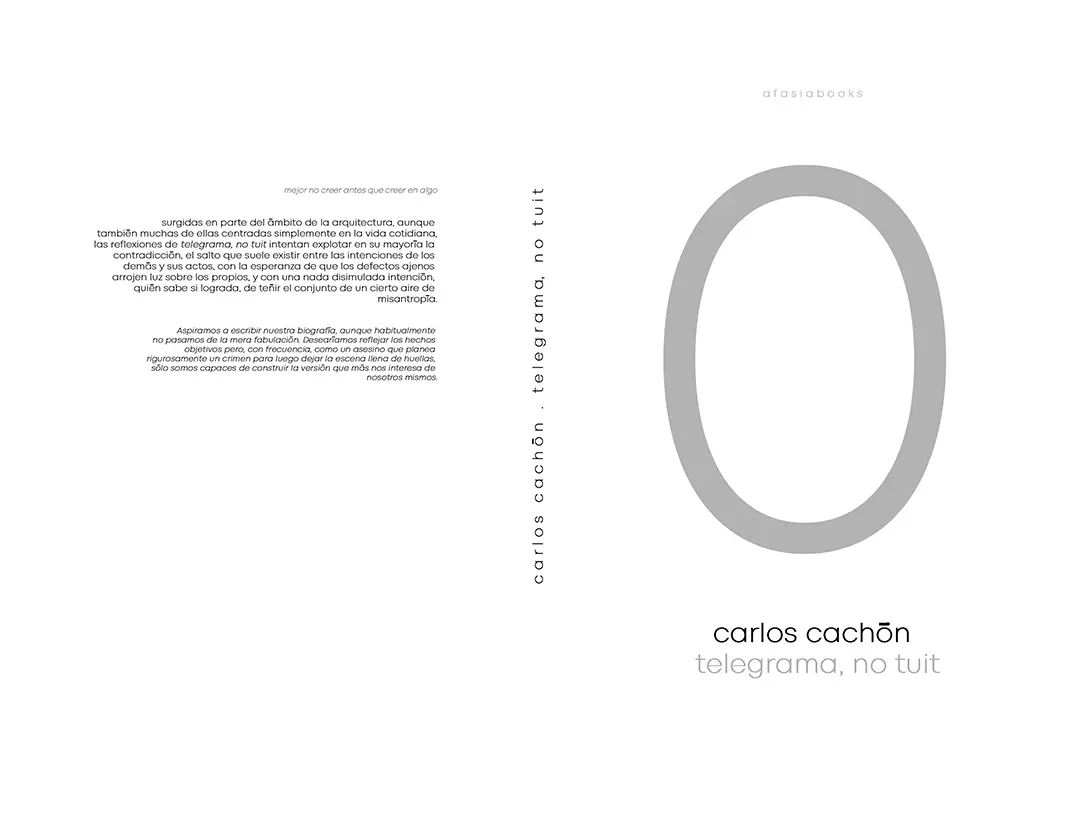
Irisarri + Piñera, Arquitectos . photos: © Héctor Santos Díez . © Wifre Meléndrez . © Alex Fernández
This is a plot that groups three properties, two vacant, and the third, which is on the corner of Marqués de Valladares and Colón streets, occupied by the Ribas-Barreras building, a notable example of rationalist architecture in Vigo by the architect Francisco Castro Represas, and in a very poor state of conservation.
Although the Ribas building was not protected by Heritage authorities, we considered its recovery as far as possible. Both for its value as a piece of architecture and to maintain the richness of contributions from each era, and based on our thinking about the life cycle in architecture and the capacity for utilization and recycling that we see in the existing structure.
The project serves a joint functional organization and maintains the distinct presence of the Ribas building. The new building assumes its role as a link between the Ribas and the stone architecture of the street.
The project organizes its joint operation through a “landscape courtyard” space, the result of the strategy of linking and increasing the regulatory courtyards, thus acquiring a scale capable of offering an atmosphere that introduces nature into the interior and becomes a social and identity-building hub for the building.
We also achieve a spatial distribution that orients the dwellings in a “cross-ventilated” manner, towards the street and the generated courtyard, which gives them quality and character.·
_
Se trata de un solar que agrupa tres fincas, dos vacías, y la tercera que hace esquina a Marqués de Valladares y Colón ocupada por el edificio Ribas-Barreras, ejemplo destacado de arquitectura racionalista en Vigo, del arquitecto Francisco Castro Represas, en muy mal estado de conservación. Aunque el edificio Ribas no estaba protegido por Patrimonio, estimamos su recuperación en la medida de lo posible. Tanto por su valor como pieza de arquitectura como por mantener la riqueza de aportaciones de cada época, y desde el pensamiento acerca del ciclo de vida en la arquitectura y la capacidad de aprovechamiento y reciclaje que estimamos en lo existente. El proyecto da servicio a una organización funcional conjunta y mantiene la presencia propia del edificio Ribas. El nuevo edificio asume su condición de enlace, entre el Ribas y la arquitectura pétrea de la calle. El proyecto organiza su funcionamiento conjunto a través de un espacio “patio paisaje”, resultado de la estrategia de enlazar y aumentar los patios normativos, y que adquiere así una escala capaz de ofrecer una atmósfera que introduce la naturaleza en el interior, y se constituye en aglutinador social y de identidad del edificio. Conseguimos así también una distribución espacial que vuelca las viviendas de modo “cruzado”, a calle y al patio generado, lo que les aporta cualidad y calidad.































